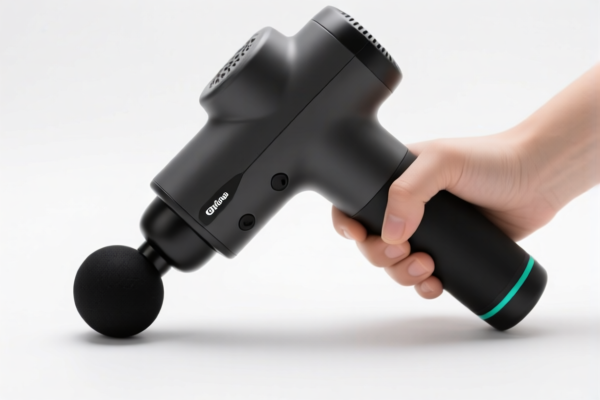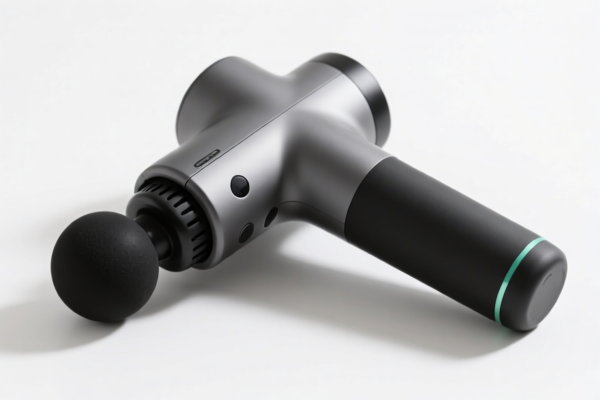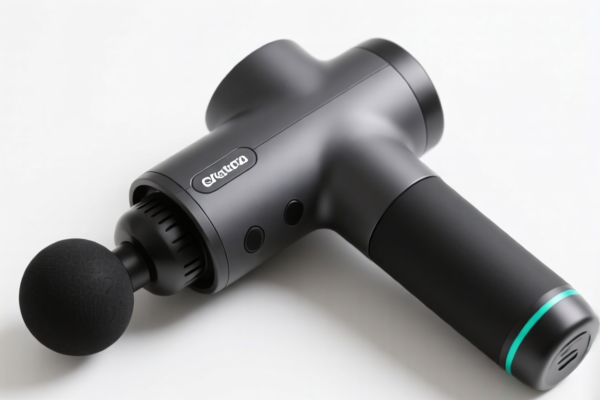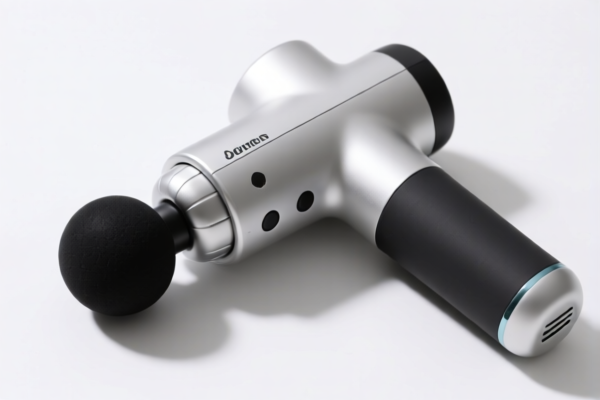| HS Code | Official Doc | Tariff Rate | Origin | Destination | Effective Date |
|---|---|---|---|---|---|
| 8517690000 | Doc | 55.0% | CN | US | 2025-05-12 |
| 8517620090 | Doc | 30.0% | CN | US | 2025-05-12 |
| 3809100000 | Doc | 2.2¢/kg + 3%+37.5% | CN | US | 2025-05-12 |
| 3809910000 | Doc | 61.0% | CN | US | 2025-05-12 |
| 3813001000 | Doc | 55.0% | CN | US | 2025-05-12 |
| 3813005000 | Doc | 58.7% | CN | US | 2025-05-12 |
| 9616100000 | Doc | 37.5% | CN | US | 2025-05-12 |
| 9616200000 | Doc | 34.3% | CN | US | 2025-05-12 |
| 9613802010 | Doc | 41.4% | CN | US | 2025-05-12 |
| 9613802090 | Doc | 41.4% | CN | US | 2025-05-12 |




Aromatherapy Device
An aromatherapy device is a tool used to diffuse essential oils into the air for therapeutic or aesthetic purposes. These devices utilize various methods to disperse oils, impacting mood, health, and the surrounding environment.
Materials
Aromatherapy devices are constructed from a range of materials, influencing both cost and functionality:
- Glass: Often used in nebulizing diffusers and for oil reservoirs due to its non-reactivity.
- Plastic (PP, ABS): Common in ultrasonic diffusers and reed diffusers for affordability and ease of manufacturing. Quality varies significantly; higher-grade plastics are preferred to avoid leaching.
- Ceramic: Used in some ultrasonic and heat diffusers for aesthetic appeal and even heat distribution.
- Metal (Aluminum, Stainless Steel): Found in nebulizing diffusers for durability and efficient oil dispersion.
- Wood: Utilized in passive diffusers and some ultrasonic diffuser bases for a natural aesthetic.
Purpose & Function
The primary purpose of an aromatherapy device is to deliver the volatile aromatic compounds of essential oils into the air. This is achieved through several mechanisms, each offering different benefits:
- Mood Enhancement: Specific oils are associated with different emotional effects (e.g., lavender for relaxation, citrus for invigoration).
- Air Purification: Some oils possess antimicrobial properties, contributing to a cleaner air environment.
- Respiratory Support: Certain oils can help alleviate congestion or soothe respiratory discomfort.
- Sleep Aid: Oils like chamomile and sandalwood promote relaxation and improve sleep quality.
- Pain Management: Some oils have analgesic properties that may help reduce minor pain.
Usage Scenarios
Aromatherapy devices are employed in diverse settings:
- Home: Creating a relaxing atmosphere, improving sleep, or purifying air.
- Spas & Wellness Centers: Enhancing the therapeutic experience during treatments.
- Offices: Promoting focus, reducing stress, or improving air quality.
- Healthcare Settings: Complementary therapy for managing anxiety or pain (under professional guidance).
- Retail Environments: Creating a pleasant ambiance to influence customer experience.
Common Types
Several types of aromatherapy devices exist, each with unique characteristics:
- Ultrasonic Diffusers: Utilize electronic frequencies to create vibrations that break down essential oils into a fine mist. They require water and are relatively quiet. Pros: Quiet operation, humidifying effect. Cons: Can dilute oil potency, require regular cleaning.
- Nebulizing Diffusers: Use pressurized air to atomize essential oils without water or heat. They deliver a high concentration of oil. Pros: Highest oil potency, no water required. Cons: More expensive, louder operation, require regular cleaning.
- Heat Diffusers: Gently warm essential oils to release their aroma. Pros: Simple, affordable. Cons: Can alter oil composition due to heat, lower oil potency.
- Evaporative Diffusers: Utilize natural evaporation to disperse oils. Examples include reed diffusers and personal inhalers. Pros: Passive, no electricity required. Cons: Lowest oil potency, limited range.
- Reed Diffusers: Essential oils travel up reeds from a reservoir, releasing aroma into the air. Pros: Passive, aesthetically pleasing. Cons: Limited range, require reed replacement.
- Personal Inhalers: Small, portable devices containing essential oil-soaked wicks. Pros: Portable, direct inhalation. Cons: Limited capacity, require refills.
- Steam Diffusers: Oils are added to hot water to create a therapeutic steam. Pros: Simple, can be combined with facial steaming. Cons: Limited range, requires supervision.
Based on the provided information, classifying "aromatherapy device" requires careful consideration of its function and components. Here's a breakdown of potentially relevant HS codes:
- 9616100000: Scent sprayers and similar toilet sprayers, and mounts and heads therefor. This code covers scent sprayers and related components. If the aromatherapy device functions primarily as a sprayer to disperse scents, this could be applicable.
- 9616200000: Powder puffs and pads for the application of cosmetics or toilet preparations. While less direct, if the aromatherapy device is used to apply scented oils as a cosmetic or toilet preparation, this code might be considered.
- 8517690000: Telephone sets, including smartphones and other telephones for cellular networks or for other wireless networks; other apparatus for the transmission or reception of voice, images or other data, including apparatus for communication in a wired or wireless network (such as a local or wide area network), other than transmission or reception apparatus of heading 8443, 8525, 8527 or 8528; parts thereof: Other apparatus for transmission or reception of voice, images or other data, including apparatus for communication in a wired or wireless network (such as a local or wide area network): Other. If the aromatherapy device incorporates wireless communication features (e.g., Bluetooth control, app integration), this code may be relevant.
Explanation of HS Code Structure (based on provided reference):
- Chapter 85: Covers electrical machinery and equipment.
- Heading 8517: Specifically addresses telephone sets and other apparatus for transmission or reception of voice, images, or data.
- Subheading 8517690000: Covers "Other apparatus for transmission or reception of voice, images or other data," excluding specific items listed in other headings.
- Chapter 96: Miscellaneous manufactured articles.
- Heading 9616: Covers scent sprayers, powder puffs, and related items.
Important Considerations:
The total tax rate for HS code 8517690000 is 55.0%, with a base tariff of 0.0%, an additional tariff of 25.0%, and an additional tariff of 30% after April 2, 2025. The total tax rate for HS code 9616100000 is 37.5%, with a base tariff of 0.0% and an additional tariff of 7.5%. The total tax rate for HS code 9616200000 is 34.3%, with a base tariff of 4.3% and an additional tariff of 0.0%.
It is crucial to determine the primary function of the aromatherapy device to select the most accurate HS code. If the device incorporates electrical components for scent diffusion or wireless control, HS code 8517690000 may be appropriate. If it functions solely as a scent dispersal mechanism, HS code 9616100000 or 9616200000 might be more suitable.
Customer Reviews
No reviews yet.